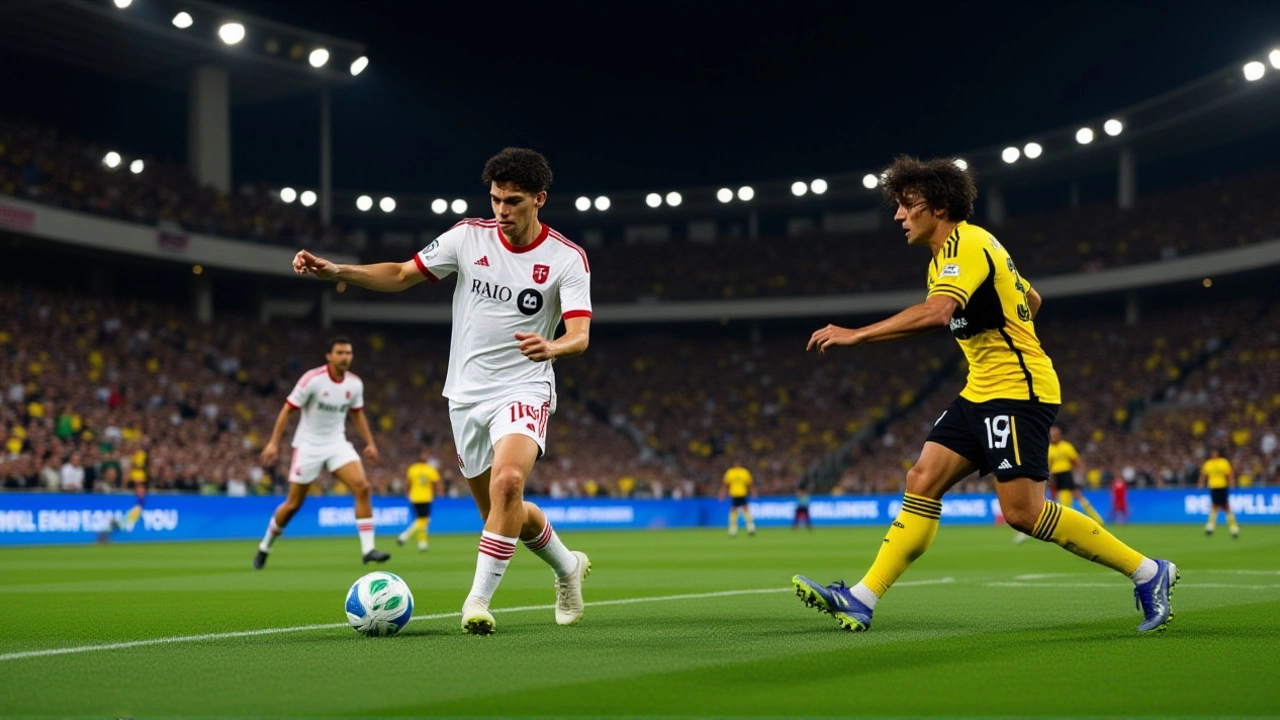MLS draw: everything you need to know
When talking about the MLS draw, the process Major League Soccer uses to set the order for picking new talent. Also called the allocation order, a ranking that decides which club gets the first pick in the SuperDraft, it shapes team strategy every season. The draw encompasses the MLS SuperDraft, the event where clubs select college players and other prospects, and it requires a lottery system to keep things fair for expansion teams and newcomers. Fans often compare it to the NFL draft, but the soccer twist adds allocation money, homegrown rights, and international slots into the mix. Understanding the draw helps you read the headlines about clubs like Arsenal or West Ham eyeing MLS talent, or why a half‑and‑half scarf design might pop up on a club’s merch as they celebrate a new player. Below we’ll break down the major pieces of the MLS draw and why they matter to clubs, players, and supporters alike.
How the MLS draw works
The first step is the lottery, a random draw that assigns the top spots in the allocation order. Expansion clubs automatically get the highest slots, then the remaining teams are shuffled based on the previous season’s performance – the worse the record, the better the chance for an early pick. Once the order is set, the SuperDraft rounds, usually four rounds where each club selects a player in turn, kick off. Each round follows the same order, unless a club trades away its pick for allocation money or an international roster spot, adding a layer of strategy. The draw also influences the player allocation, how returning USMNT players or former MLS stars are assigned to clubs, because the first team on the list gets first dibs. This interconnected system means a single lottery outcome can ripple through trades, free‑agency moves, and even the design of club merchandise, as teams celebrate fresh signings with new scarves or jerseys.
What you’ll see in the article collection below is a mix of real‑world examples that illustrate these rules. From a match preview where Arsenal’s win odds affect their scouting budget, to a story about West Ham banning mixed‑colour scarves for security – both show how club decisions on the field and off the field intersect with the draw’s impact. You’ll also find deeper dives into why some fans think the draw favours certain clubs, how betting odds reflect the draw’s randomness, and what the future might hold if MLS expands further. All of this ties back to the core idea: the MLS draw is more than a simple lottery; it’s a backbone of player distribution, competitive balance, and fan culture across North American soccer.
Inter Miami vs Toronto FC: 1‑1 Draw Highlights Messi’s Magic and Playoff Stakes
A 1‑1 stalemate at BMO Field saw Inter Miami's Tadeo Allende open the scoring before Djordje Mihailovic levelled for Toronto FC. Lionel Messi dazzled but failed to score, leaving Miami’s Supporters' Shield chase hanging by a thread while the hosts clawed a rare point in a tough season. The match underscored MLS’s thin margins and set new questions for both squads.



